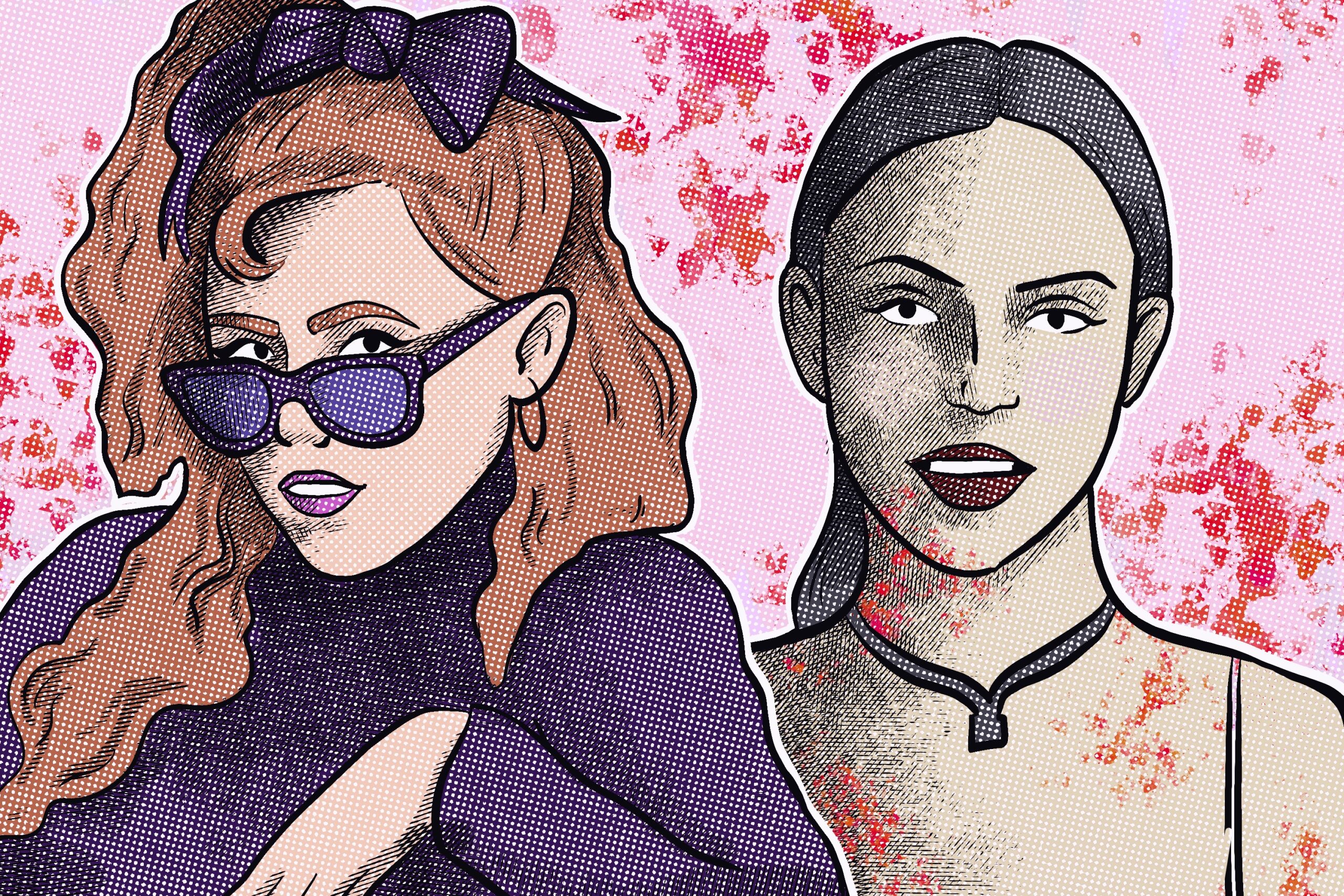Diablo Cody won her first Academy Award with her “Juno” screenplay and has since crafted intricate and iconic fictional women. Cody wrote for “Jennifer’s Body” and the newly released “Lisa Frankenstein,” both of which have received lukewarm reviews from critics but have also been enthusiastically embraced by TikTok and Tumblr cult followings. Younger audiences’ love for Cody’s creations stems from her films consistently possessing distinctive women who are transparent in their danger and love for death.
“Jennifer’s Body” was initially advertised as a sexually gratifying, gory, horror comedy marketed toward a male audience with its promo pictures. Although Megan Fox functioned as a sexual entity to bring viewers in, she turned them off with her crude killings in the film. The film revolves around childhood friends Jennifer and Needy. While nerdy Needy is the good girl protagonist, Jennifer takes center stage as a popular cheerleader turned into a succubus when used as a sacrifice in a rock band’s satanic ritual.
Funnily enough, male viewers were unsatisfied with the absence of sex scenes, which reinforces the film’s social critique against the Madonna-whore complex: the desire for women to be sexual yet pure. Jennifer, understandably, brutally murders lustful high school boys in her new form, which audiences during the late 2000s disliked.
Jennifer’s sexuality is celebrated through her murderous rampage. The man-eater displays autonomy as she trails alone in her hunt for boys. Her supernatural craving allows her to explore her nearly obsessive feelings for her friend in a passionate kiss.
Although Needy is initially frustrated with her friend’s lethal hunger for male flesh, she takes revenge against lustful men and boys who did her friend wrong in the end. “Jennifer’s Body” explores female devotion and desire while featuring killer one-liners like Jennifer’s declaration when she almost eats Needy: “I go both ways.”
“Lisa Frankenstein” similarly features an edgy female protagonist obsessed with death who is nearly sexually assaulted at a party. The alienated girl seeks love and comfort in a cemetery, alluring the audience with a Mary Shelley gothic energy
Even if she wishes to be dead, she becomes a Dr. Frankenstein type by making an undead man come back to life. Lisa looks up at a Victorian statue and says she wishes she was with him or otherwise dead. The skies have another plan for the high schooler as green lightning strikes the grave.
She and her silent zombie also go on axe-slaying berserk for body parts like ears and hands, and Lisa’s confidence grows. The Creature offers Lisa a black dress, which she initially rejects but then wears proudly at school with bold makeup. Her new look steers controversy as a classmate coughs “Slut penalty,” to which she doesn’t feel disturbed. Her murderous adventures cultivate renewed power and an edgy personality worthy of being idolized.
Lisa is especially interested in stitching a penis onto her supernatural lover so she can have sex with him. A fascinating scene that parallels “Jennifer’s Body” is when Lisa slips a note to the boy who groped her at a party to lure him to “finish” what they started and have sex. The boy is deceived and slaughtered in a Diablo Cody fashion as the Creature chops off his penis.
In the end, Lisa takes control of her life by dying. After being satiated by their blood and body hunt, she asks the Creature to electrocute her in a tanning bed so she can join him as an undead. Lisa’s preoccupation with death is something all teenage girls can relate to, and we’re grateful that a film takes
Unlike other horror-comedy movies, the women in “Jennifer’s Body” and “Lisa Frankenstein” endeavor not to become a meal and refuse to be consumable for their peers. Horror and comedy movies tend to sexualize and utilize women as objects for degradation, like in sexual assault scenes; nonetheless, Cody crafts man-eaters and female murders from a queer, feminist, and sexual-liberating perspective. Interestingly, we can definitely count on these women coming together in their confirmed shared universe.
Cody’s films are odes to teenage girls sharpening their canines. Her female characters display peculiar beauty in the horrific transformation of womanhood. Plus, who doesn’t want a supernatural being obsessed with them?

















